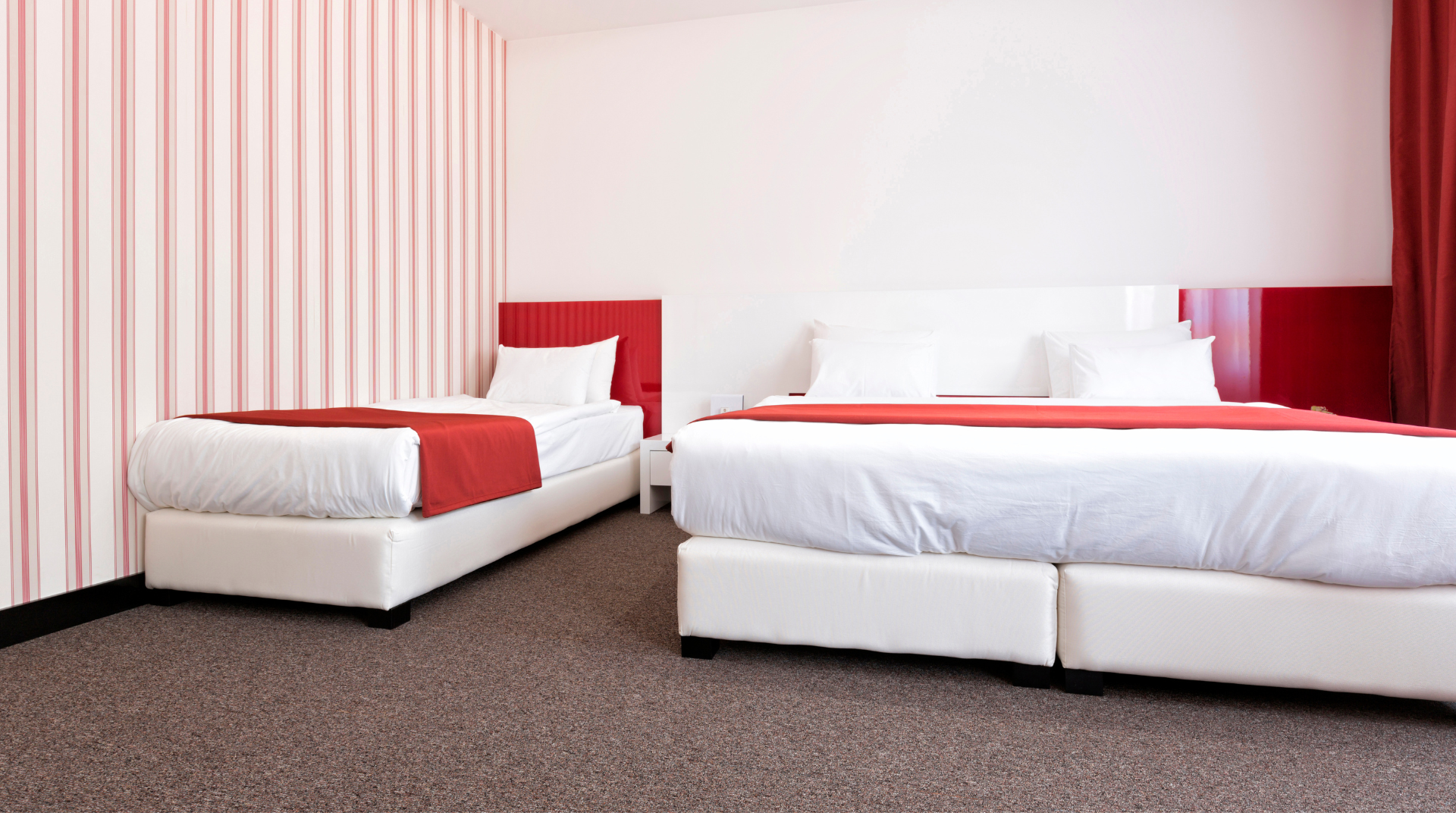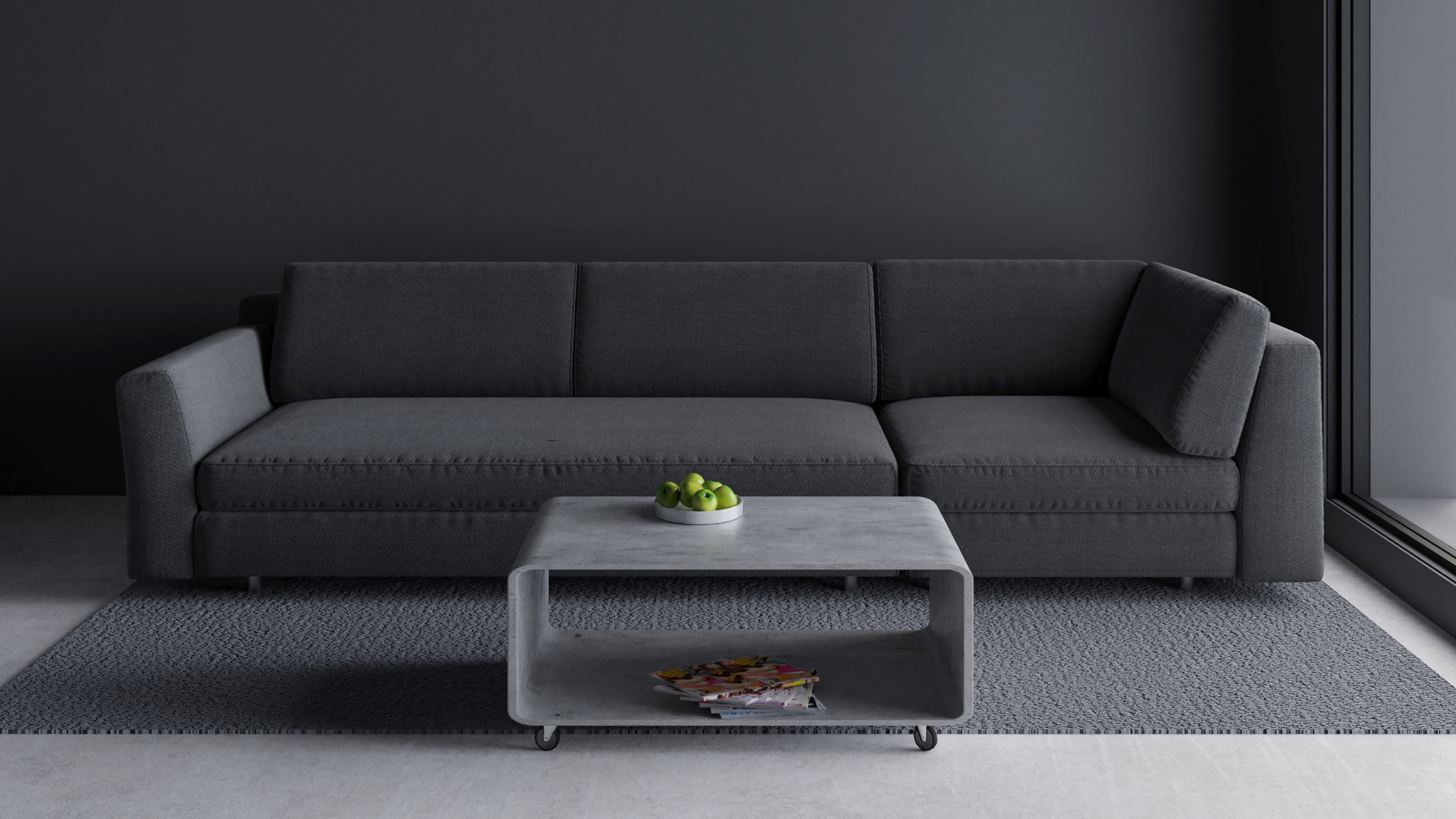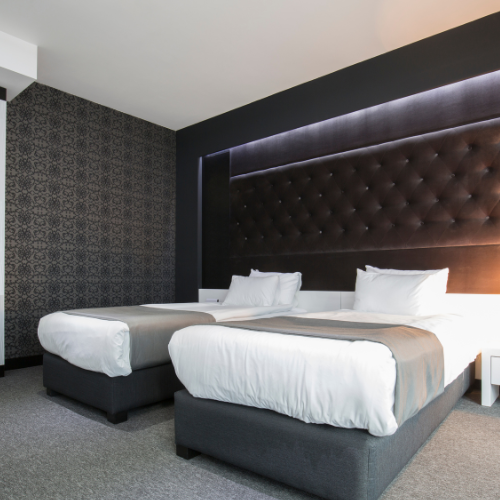The Accommodation Product
The Importance of Accommodation Products in Hotels
Hotels rely heavily on their accommodation offerings as a primary source of revenue. These products encompass not just guest rooms, but also the additional amenities and services that guests use during their stay. As such, it's essential for front-line staff members, including receptionists and reservation agents, to be knowledgeable about these products.
By having a comprehensive understanding of the accommodation products and services on offer, staff members can provide guests with accurate information and make well-informed recommendations. This section covers bed types, room types, and room rates – all fundamental concepts related to accommodation products.
Types of Room
Hotel Room types can be numerous and vary in their grading, features, and functions.
To ensure a perfect match between guests and rooms, it's crucial for receptionists and reservation staff to have a comprehensive understanding of room grading variations and the typical room types available.
When it comes to room classification, there are typically three grades based on a variety of features. These may include the amenities available in the room, the view from the room, and any additional features or services that contribute to the overall accommodation experience for guests.
Standard
Standard Room
Views: Average, garden view.
Amenities: Basic, pine furniture, bed and blanket, disposable slippers.
Extras: None.
Superior
Superior Room
Views: Superior, sea view, city view.
Amenities: Upscale, rosewood furniture, bed and comforter, cloth slippers.
Extras: Complimentary newspapers, breakfast.
Deluxe
Deluxe Room
Views: Magnificent, sea view, high floor, attraction view.
Amenities: Grand, antique furniture, bed and feather comforter, leather slippers.
Extras: Express check-in, welcome drinks, complimentary breakfast, free wi-fi, access to executive lounge, limousine pick-up.
The four main types of room available for guest selection are according to their needs and preferences :
Single Room
A room that sleeps only one person and has been fitted with a single, double or queen-size bed.
Double Room
A room that can accommodate two people with a double or queen-size bed.
Twin Room
A room that can accommodate two people with two twin beds.
Double-Double Room
A room that can accommodate two to four people with two twin, or two double beds.
Room types which are less frequently requested, but still popular with guests and that are provided by most hotels are the following:

Triple
Triple Room
A room that can accommodate three persons and has been fitted with three twin beds, one double bed and one twin bed or two double beds.

Studio/Murphy
Studio/Murphy Room
A room that is fitted with a sofa bed or a Murphy bed (i.e. a bed that folds out of a wall or closet).
The room can then be transformed from a bedroom at night time to a living room in the daytime.
Suite
A room with one or more bedrooms and a living space.
The bedrooms might be singles, doubles, or twin doubles.
Hollywood Twin Room
Hollywood Twin Room
A room that can accommodate two persons with two twin beds joined together by a common headboard.
Medium tariff and budget hotels tend to provide many of these room settings which cater to both couples and parties in two.
Specialized room types refer to accommodations that may possess unique features that distinguish them from standard room types or are limited in numbers within the hotel.
Accessible Room
An Accessible Room is primarily intended for guests with disabilities, and it is mandatory for hotels to provide a specific number of these rooms to prevent discrimination.
Typical features include safety bars, emergency buttons in the bedroom and bathroom, touch floor lamps, fire alarm lights, and outward-opening doors for the bathroom. These rooms should be situated on the ground or lower floors and near elevators for ease of access.
Balcony
Balcony Room
A room with a balcony.
Executive
Executive Room
A room located at the ‘executive floor’ which enables convenient access to the executive lounge.
Besides, some hotels also provide ‘female executive floors’ with their rooms assigned to female guests only due to safety and security reasons.
Extended Stay
Extended Stay Room
This room type can be found in service apartments and hotels which target for long stay guests.
Open kitchens or cooking equipment are usually available in the room.
Some would also provide housekeeping services (e.g. once a week) on a regular basis.
The following are further room types which are not provided by all hotels.
Many of these room types would have features that are not standard in the majority of most room types.
Adjacent Room - Rooms close by or across the corridor, but are not side by side.
Adjoining Room - Rooms that are side by side, but do not have a connecting door between them.
Connecting Room - Two rooms that are side by side and have a connecting door between them.
Smoking / Non - Smoking - Many hotels provide both smoking and non-smoking rooms for their guests. In order to minimize the effects of secondhand smoke exposure on non-smoking guests, some hotels group all smoking rooms in certain floors and separate them from non-smoking rooms.
President Suite
The President Suite is the most luxurious and pricey room available in a hotel. Generally, a hotel property will have only one President Suite available. Like standard suites, the President Suite comprises one or more bedrooms and a living area, but with a strong emphasis on opulent decor, high-end amenities, and customized services.
Villa
A special form of accommodation which can be found in some resort hotels. It is a kind of stand-alone house which gives extra privacy and space to hotel guests. A fully equipped villa contains not only bedrooms and a living room but a private swimming pool, Jacuzzi and balcony. It is suitable for couples, families and large groups.
Types of Bed
Hotels offer a range of room and bed options for guests. Given that not all guests are familiar with the terminology, it's essential for hotel staff to provide clear explanations of the available options.
The beds vary in size and are tailored to meet the diverse needs of guests. Some of the bed options may only be accessible in specific room categories
Types of Bed
Size
Twin
Double
Queen
King
39" x 75"
54" x 75"
60" x 80"
78" x 80"
The most common bed types in most hotels would be the following:
Single/Twin Bed
Description: Designed for one person only; single and twin beds sized the same; the term ‘twin beds’ implies they are in pairs and the room type is always described as ‘twin room’.
Code: S / T
Size: 39”x75”
Double Bed
Double Bed
Description: Designed for two people. Standard sizing.
Code: D
Size: 54”x75”
Queen Bed
Queen Sized Bed
Description: Designed for two people; wider and longer than double beds for better comfort of guests.
Code: Q
Size: 60”x80”
King Bed
King Sized Bed
Description: Designed for two people; wider than queen sized bed to provide for better comfort of guests.
Code: K
Size: 78”x80”
Hollywood Bed
Hollywood Bed
Description: Two twin beds placed side by side and sharing the same headboard; it is designed for two people.
Code: T
Size: 78”x75”
Unusual bed types, which would have to be requested prior to making a reservation would be:
Studio Bed
Studio Bed
Description: Available in a studio room; it caters the needs of business guests for conducting business meetings in the guest room.
Code: H
Size: 48”x75”
Murphy Bed
Murphy Bed
Description: It serves the same function as sofa bed; the bed folds out of a wall or closet, which makes it more convenient for guests to conduct business meetings in the guest room.
Code: M
Size: 60”x80”/ 78”x80”
Roll-Away Bed
Roll Away Bed
Description: Extra bed temporarily added according to guests’ requests; extra charges are usually required.
Code: N/A
Size: 30”x72”/ 34”x75”
Childs Cot
Childs Cot
Description: Provided to those guests who bring along with their babies; usually requested in advance by guests in their reservations.
Code: N/A
Size: N/A
Room Rates
Hotels usually offer different rates when selling their rooms.
For example: deluxe rooms are always more expensive when compared with superior and standard rooms.
Booking accommodation entails much more than merely securing a room with a bed. Guests receive access to various facilities and services offered by the hotel staff.
Given that visitors cannot inspect the hotel product before making a reservation, it's crucial for front office staff to possess a comprehensive understanding of the lodging product and convey its features accurately and explicitly to the guest. This includes, but is not limited to:
Room rates
Size of beds
Frequent-guest programme
Other services provided to the guest
It's crucial for the front desk personnel to understand the factors influencing room rates.
Below are the criteria that determine a guest's room rate:
Room type, size, décor, and location
Meal plan
Seasonal changes and events
Guest's category
Duration of stay and day of the week
Types of Room Rates
The room rate categories have variations in all hotels. Many hotels offer a number of different room rates to attract different guests who will provide repeat business and help ensure full occupancy.
Examples of different room rates are as follows:
Rack Rate - The standard rate charges for the room only.
Corporate Rate - Room rate offered to executive personnel who are regular guests or employees of a corporation that has a contract rate with the hotel which reflects all business from that corporation.
Commercial Rate - Room rate offered to executive personnel of an enterprise who have infrequent visits.
Airline Rate - The rate agreed between an individual airline and the hotel as determined by the volume of business the hotel obtains from the airline.
Group Rate - Room rate given to bookings for a large group of people made through a travel agent or professional organization.
Children's Rate - Each hotel has a specific age limit for the child to stay with their parents in the same room free of charge or at a nominal rate.
Package Rate - The room rate, which includes goods and services and the rental of a room, is developed by the hotel to attract guests during low sales periods.
Complimentary Rate - The guest is assessed at no charge for staying in a hotel. The management of the hotel may grant comp rooms for guests who are tour directors, local dignitaries, executives from the hotel’s head office, etc.
Frequent-guest program

Hotels often create guest profiles, known as guest history records, to track guests' preferences. This information allows hotels to provide personalized services to their guests.
Loyalty programs play a vital role for chain hotel brands in attracting and retaining their most valuable guests. These programs enable hotels to recognize their top guests on-property. The effectiveness of loyalty programs is evident in the fact that they are a significant factor in persuading hotel owners to become franchisees or give a particular hotel brand a management contract.
Research has shown that streamlined reward redemption processes and non-expiring points are the most desirable features for loyalty program members.
Room upgrades and airline miles are the most important features of a hotel program, followed by free hotel stays and various on-property benefits and services.
However, it's important to note that no number of miles or points can replace the value of a warm welcome and recognition from the hotel as a loyal guest.
Next Lesson
Hotel guests can be classified according to their:
Trip Purpose - Pleasure or business travelers
Numbers - Independent or group travelers
Origin - Local or overseas travelers










